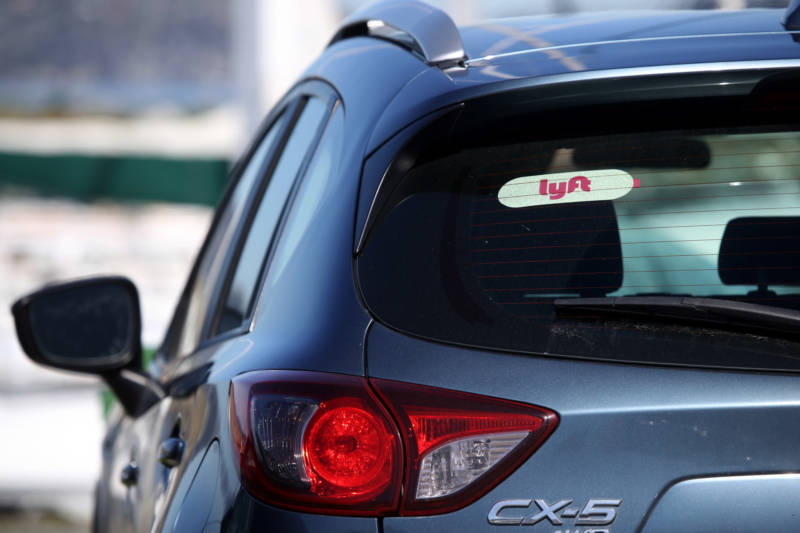Not only are mobility-challenged customers unable to get Lyft rides, the suit alleges, the company misleadingly suggests that passengers can use its app to "request a vehicle that is specially outfitted to accommodate wheelchairs."
"However, when a user requests a Lyft while (the app's) wheelchair access mode is activated, the user receives a text message stating that Lyft has no wheelchair accessible vehicles available, and Lyft provides the user with a list of public transit, paratransit and taxicab phone numbers around the country," the suit says.
In the Bay Area, for instance, users seeking accessible transportation are referred to a number of paratransit services -- which may require a reservation at least a day in advance -- or public transit agencies, including Muni, SamTrans and Caltrain.
"It's a mobility revolution that Lyft has created," said Stuart Seaborn, one of the DRA attorneys who filed the suit. "Overall, we think it's a good thing, but they've certainly left behind the people who need wheelchair-accessible vehicles."
In an emailed statement, Lyft spokeswoman Lauren Alexander said the company "is committed to ensuring that those who need rides most are able to get them. We think about accessibility broadly and know that many who were previously underserved by transit and taxis are now able to rely on Lyft for convenient and affordable rides."
She pointed to the company's "access mode" -- the same feature pointed to as problematic in the lawsuit -- as one of the company's solutions for potential customers in wheelchairs.
"Lyft riders needing a wheelchair accessible vehicle can select Access Mode within the Lyft app to be connected with a WAV ride provider," Alexander said. "In addition, Lyft has partnered with public transit agencies across the country to provide first-last mile connections. We're constantly looking for ways to partner and expand our offerings to provide affordable and convenient transportation for all."
Seaborn said Lyft, which is about to launch an initial public offering of its stock, is not alone in failing to adequately serve those with mobility disabilities.
Disability Rights Advocates has also sued Uber over lack of disabled access.
Seaborn said that while Uber does have a wheelchair-accessible vehicle program, riders with disabilities face a high degree of uncertainty about whether they can hail a ride.
"The problem that our clients have seen is that there aren't sufficient numbers of wheelchair-accessible vehicles available" from Uber, Seaborn said. "So somebody could request a ride and maybe get a wheelchair-accessible vehicle on the way to an event, but not be able to get one on the way home. ... Sometimes the wait time is excessively long as well."
The Lyft lawsuit is not seeking monetary damages. Instead, the plaintiffs seek a court order to require Lyft to take action to offer service to those with mobility disabilities on the same basis as they serve the rest of their customers.
Seaborn said Lyft could try several different tactics to make that happen.
"We're not asking that Lyft take it upon itself to purchase new vehicles," he said. "There are plenty of other ways. They control almost every aspect of the driver experience, and they offer incentives in other contexts. Lyft could offer incentives to drivers to drive accessible vehicles and thereby increase the fleet."
This post was updated to include Lyft's statement on the wheelchair users' lawsuit.

